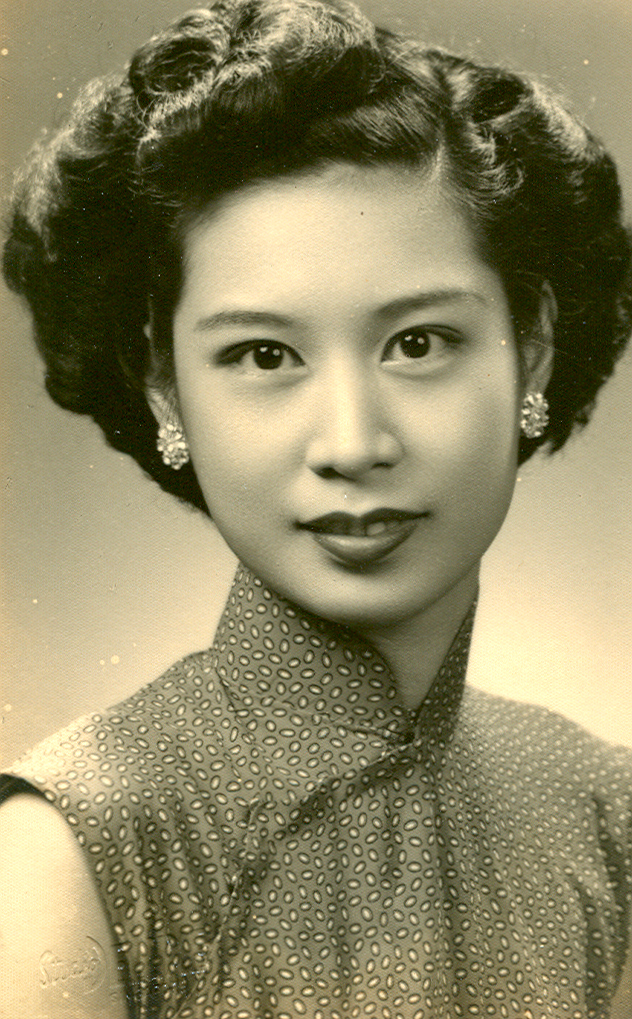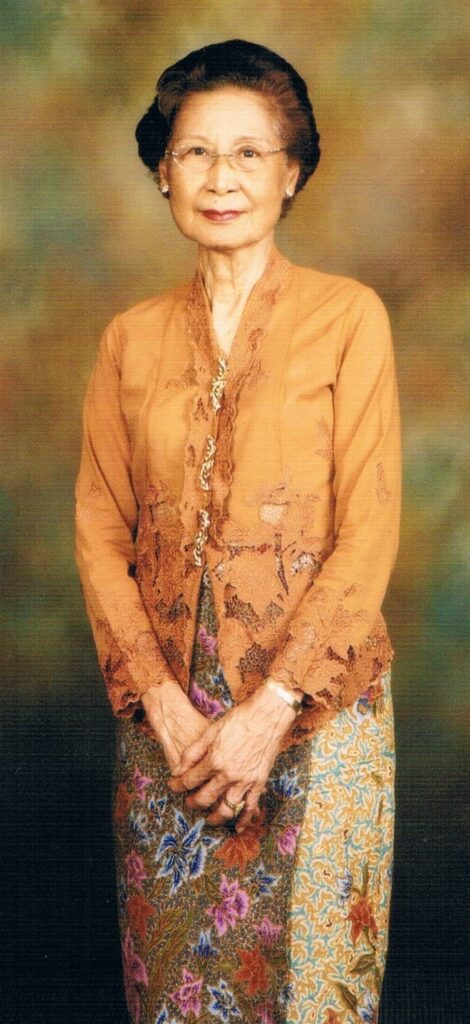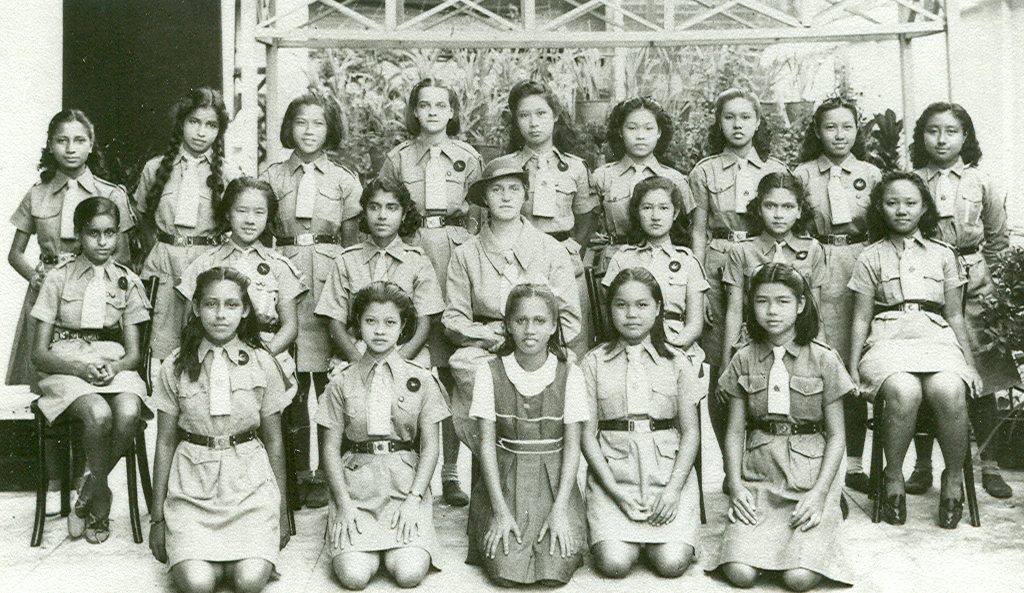It is July 2020, Singapore, four months since the pandemic has altered daily routines and shrunk mobility. Every book I have read in this time, I have viewed from within what feels like a tunnel. It is a strange place—infused with anticipation and anxiety about the future, interrupted often by the random onset of memories of the past, and buzzing with the sounds, smells, sights, and feel of immediate, material life. Time and space have a dual and surreal quality—ephemeral and conceptual, yet persistent and corporeal. This tunnel demands my attention in a way I have not experienced in a while—I remember friendships I did not know I had forgotten; recall mundane and unphotogenic moments in vacations that had gone without remark; am curious about gaps in my memory of places where I hung out as a teenager. And then, yanked back to the here and now, I notice the way sunlight dances into my study through the blinds, and find fault with chipped paint, unruly ferns, domestic messiness, all of which must have been here before.

Irene Lim in the 1950s. Image supplied
Reading Mrs Irene Lim’s memoir, 90 Years in Singapore, from this place, I am therefore first struck by her attentiveness, an attentiveness I am rediscovering. I am impressed by the attention she has paid to things and people through many years, numerous moves, at different parts of her life-course, and indeed through rapidly shifting socio-historical circumstances. She describes the clothing of her childhood, that of her and her husband’s youth, and then her children’s childhood: who wore what on what occasion, what material it was made from, how it was acquired, whose hands washed, ironed or starched it. In her life–and perhaps every woman’s—she is sometimes compelled to be on trend and sometimes notes trends with disinterest—her cheongsam and sarong kebaya are, through the years, special and ordinary, objects noteworthy and then simply there. That the social life of clothing moves with the life-course of girl/womanhood, that clothing shifts between sacred and profane, that a woman can give careful attention to and then casually ignore a favored dress— this is a strange relationship I am not sure any museum exhibit can fully capture. She writes about food: daily foods, festive eats, wartime improvisations, comforting favorites that linger in the mind’s eye; foods reflecting the women (and at least one man) who cook them, and foods that reflect both makers’ and consumers’ cultural hybridity and curiosity.

Her attention to detail links things to people—family, neighbors, friends, schoolmates, people with notable full names and titles, servants whose names are truncated or unknown. It is especially through her recall of them that we get a sense of context. This is in turn a reminder that every life is lived in tandem with others, that norms and rhythms about what to eat, how to decorate, how to speak and interact with different people, are formed through the repeated doing of relational ties and social interactions. Material things are interesting in their own right, but mostly they matter because they embody social relations. Her attention to things thus gives us images with which to imagine the social milieus she moved through. Each detail adds clues to the ways race, class, gender, and sexuality are meaningful and indeed often surprising; we speak so often as if these are stable, self-evident, and predictive. Embodied, they take on salience and intersect in ways that are difficult to caricature. The objects move through hands, go along to school, stay in rooms, move from house to house, and they are containers of moments both fleeting and sustained with other humans. They capture the dynamics of social reproduction that in some years seem stable and in other years feel upended.
Mrs Lim seems especially aware of the shifting shape of social relations, is attentive to how her childhood, youth, middle age, and old age are organized differently not just because this is what life is, but also because she has lived through major social transformations. The Prologue and Epilogue are respectively written by the historian Loh Kah Seng, and the economist, Linda Lim (Mrs Lim’s daughter). Both scholars remark on the specific and extraordinary transformations she has experienced: of the colonial to post-colonial, of the Second World War, of rapid post-war industrialization. As I read this book, organized chronologically from the years right before her birth in 1927 to 2020 when she published it, I feel the shifting rhythms of her social world, a quickening and compression in how people encounter time and space. As the years go by, the spontaneous and frequent dropping by of relatives, friends, neighbors, in and out of one another’s homes, are replaced by movements of a nuclear family from address to address; travels across national borders for leisure; and organized gatherings with schedules and purposes. She laments the loss of frequent social encounters at one or two moments but generally comes across as remarkably flexible about rolling with change. I on the other hand wonder if memories like that—with this level of detail in recalling a specific fruit tree at a particular address or a friend (of her mother’s) kneading dough—can be formed in lives and lifestyles that do not stay still long enough to notice.

I confess that I almost never read just one book at a time. While I was reading Irene Lim’s 90 Years in Singapore, I was also reading Jenny Odell’s How to Do Nothing: Resisting the Attention Economy; Zeynep Tufekci’s Twitter and Tear Gas: The Power and Fragility of Networked Protest; and listening to Jill Lepore’s podcast series The Last Archive. I was therefore thinking about the book very much in relation to a central question that runs through these other works: how does how and what we see and know, come to shape how we act and be? How do our imaginings, interpretations, perspectives, feelings about the world influence how we engage in it?
Through variant paths, each of these three other authors point to the fragmentation of knowledge, and in particular a radical and systematic splitting and shattering of shared knowledge, as having profound and troubling consequences on the public sphere, on how we think of our relationships to one another. Jenny Odell is especially explicit in pointing to our reduced attention to nuance and context. Her book suggests that a false sense of ourselves follows: in the inattentive, atomized (versus relational) and conceptual (versus corporeal) way we increasingly know the world, the thick relational dynamics between the self and others are hidden out of sight and consciousness; we come to be deluded to act as independent individuals rather than as parts of a social body and embedded in a natural world. It is probably no surprise that all three are women and (I think) feminist: running through these disparate works—which I encountered haphazardly and separately—is a sense of discomfort about missing stories and unnoticed relationality, and a tradition of finding and recuperating moments, places, persons left out of the significant.
We often read the experiences and accounts of ordinary people as additive stories that enrich major and dominant accounts of a place but in ways that are garnish more than ingredient or recipe. We appreciate these but rarely let them disrupt dominant accounts and thereby complicate our shared worldviews of present and past. Perhaps what is instructive about reading Irene Lim’s book in tandem with Odell and Tufekci’s books and Lepore’s podcast, is that stories do have the potential to disrupt. But to do this, to cultivate this capacity to thicken and enrich our shared knowledge, we must return the gift of the writer’s attention with attention of our own: attention to hints of the importance of human relationality and how it evolves and changes over time; attention to direct contradictions between ordinary and official accounts of history and society; and attention too to the silences and fragments that suggest further hidden pieces, contexts, voices.
This labor—of attention, critical thought, and contextual interrogation which seeks to deepen and expand dominant accounts—has implications for how we live together in society. In recent years, Singaporeans have been engaged in public conversations about who we are as a nation and where we are headed. This has been driven by dynamics both parochial and cosmopolitan: the ruling People’s Action Party’s leadership transition and the passing of the forceful, charismatic personality of Lee Kuan Yew; widening income, wealth, and power inequalities and the intensification of conflictual and contentious politics partly due to these injustices; the disruption of global political economy and livelihoods by climate disasters, including the current pandemic crisis. In response to these currents flowing through the world, the conversations people have, increasingly conducted on social media, reveal a key tension: the social body is in reality extraordinarily diverse along lines of gender, class, ethnicity, national origin, sexual orientation, religion, age, (dis)ability, language. But the structural and discursive receptacles of this social body—parliament, board rooms, public policy, (legalized) family, schools, media—do not adequately reflect and represent this diversity. The situation is like one of a large plant forced to live in small pot. In this state, the conversations have been difficult: many within the actually-diverse social body do not have legibility; without legibility—and thus an unquestioned right to be part of the social body—some groups have had to participate in conversations while struggling to defend their right to participate in conversations.
This is why books like 90 Years in Singapore matter, and why such stories have to be read critically as well as in tandem with many others by ordinary people: the real and actual diversity of the social body should be represented in all of the structural and discursive spaces I list; this can come about only when we pay attention to and recognize the complexity of our society as it already is, when we create real legibility for this diversity at the center of our shared understandings of ourselves. The many problems humans face in contemporary societies—inequality, conflict and violence, climate change—require solutions that will be forged, by persons, through considerations that include who is and is not deserving, who can and cannot be sacrificed, who does or does not belong. Questions of diversity and recognition are, have always been, existential and high stakes.
What we know shapes how we imagine affects how we live together. This tunnel I feel myself living in feels like a moment of heightened attentiveness that is mine, but also not mine alone. There is perhaps something about our current lives that is an opportunity—for attention, for recognition, and I hope, ultimately, for a different way of being together.
90 Years in Singapore is available from Kinokuniya’s webstore: https://singapore.kinokuniya.com/bw/9789811454165 and SGBookshelf: https://www.shop.hoprinting.com.sg/shop/books-singapore/non-fiction/90-years-in-singapore-s20-00/
 Facebook
Facebook  Twitter
Twitter  Soundcloud
Soundcloud  Youtube
Youtube  Rss
Rss 